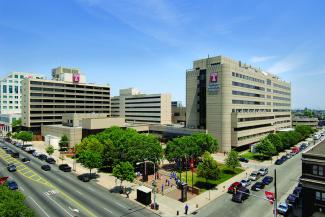What Is Bloodless Medicine?
The Temple Bloodless Care program is for patients who cannot receive blood transfusions due to their religious beliefs or personal preferences. The program offers high-quality medical and surgical treatments without using blood or blood products. Temple’s medical team is highly experienced in the most advanced bloodless surgery and treatments available today, and the program uses therapies and procedures recognized as best practices while preserving a patient’s dignity and legal rights.
